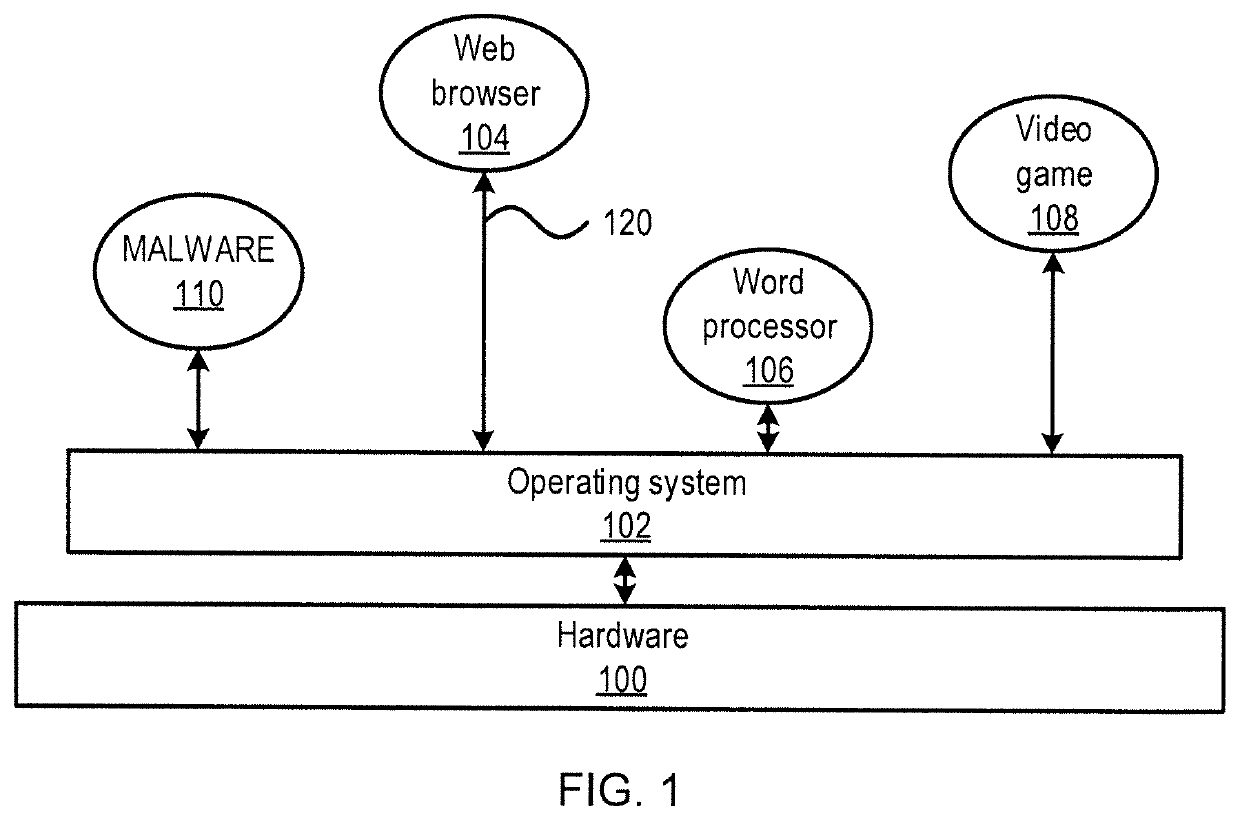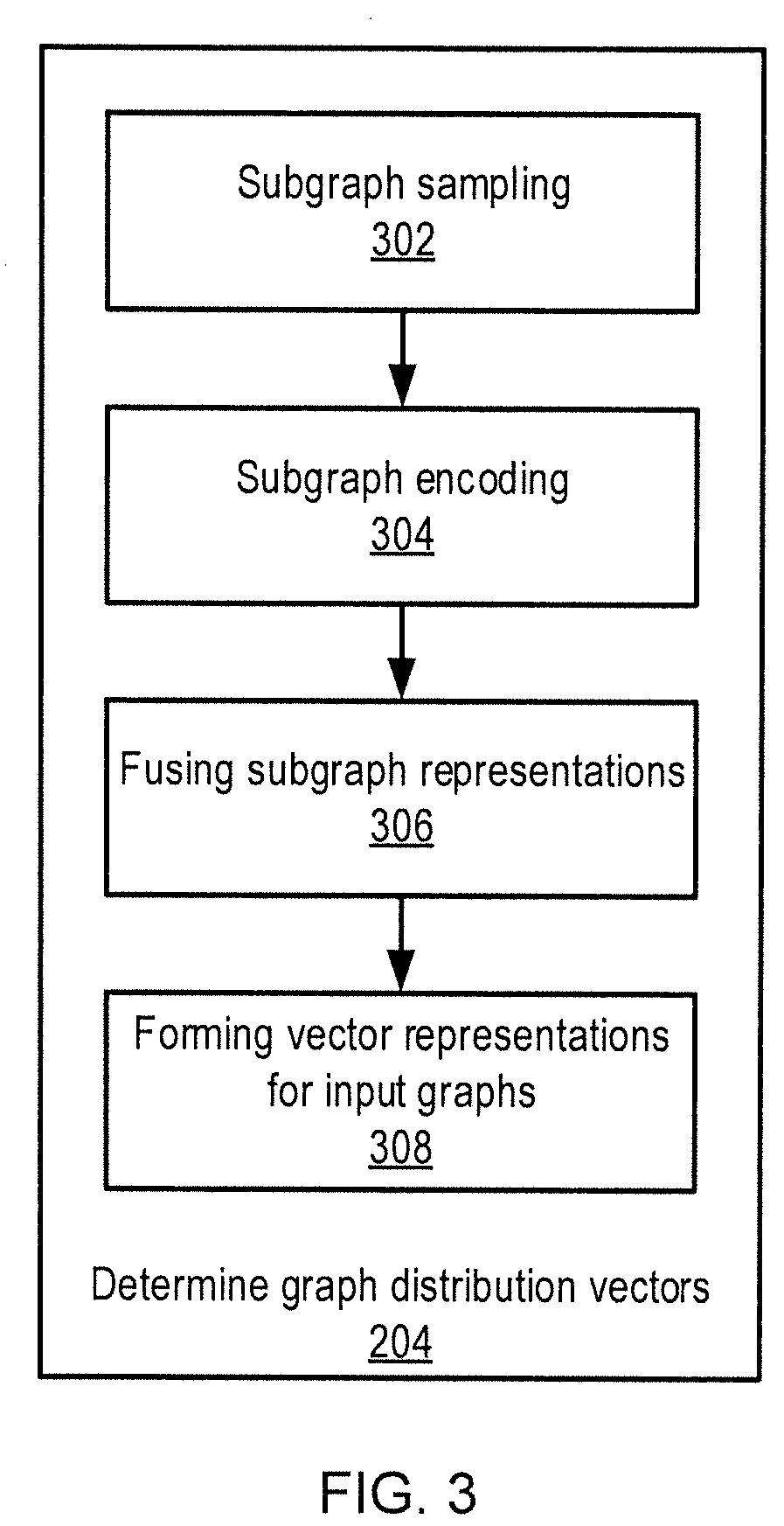Unsupervised graph similarity learning based on stochastic subgraph sampling
a subgraph and stochastic algorithm technology, applied in the field of graph similarity learning, can solve problems such as challenging the evaluation of similarity between two graphs, especially without supervision from pre-defined labels
- Summary
- Abstract
- Description
- Claims
- Application Information
AI Technical Summary
Benefits of technology
Problems solved by technology
Method used
Image
Examples
Embodiment Construction
[0017]Embodiments of the present invention may use, for example, inductive and unsupervised graph learning, including, for example, subgraph sampling, subgraph encoding, and subgraph distribution embedding, to identify similarities between graphs.
[0018]With subgraph sampling, the present embodiments can use a walk with earliest visit time to make substructure enumeration tractable, with rich loop information included. With subgraph encoding, the present embodiments can efficiently encode sampled subgraphs and represent the subgraphs as vectors. With subgraph distribution embedding, the present embodiments can represent each input graph as a collection of vectors, and then encode the collection of vectors into a single distribution vector. When the underlying vectors of two different graphs are similar, then the graphs' respective distribution vectors are similar to one another. The distance between two graphs can then be estimated using the distance between their respective distribu...
PUM
 Login to View More
Login to View More Abstract
Description
Claims
Application Information
 Login to View More
Login to View More - R&D
- Intellectual Property
- Life Sciences
- Materials
- Tech Scout
- Unparalleled Data Quality
- Higher Quality Content
- 60% Fewer Hallucinations
Browse by: Latest US Patents, China's latest patents, Technical Efficacy Thesaurus, Application Domain, Technology Topic, Popular Technical Reports.
© 2025 PatSnap. All rights reserved.Legal|Privacy policy|Modern Slavery Act Transparency Statement|Sitemap|About US| Contact US: help@patsnap.com



